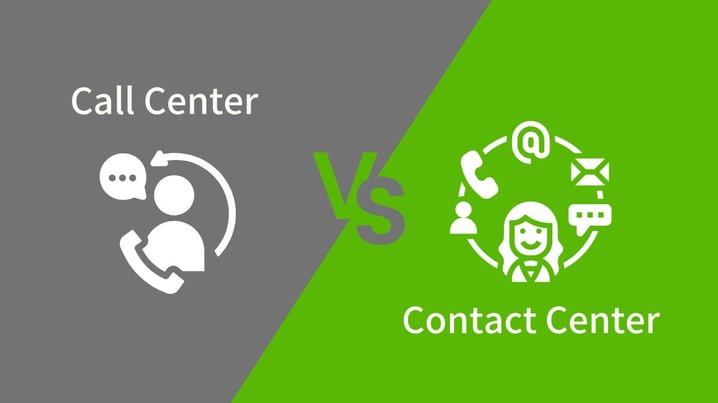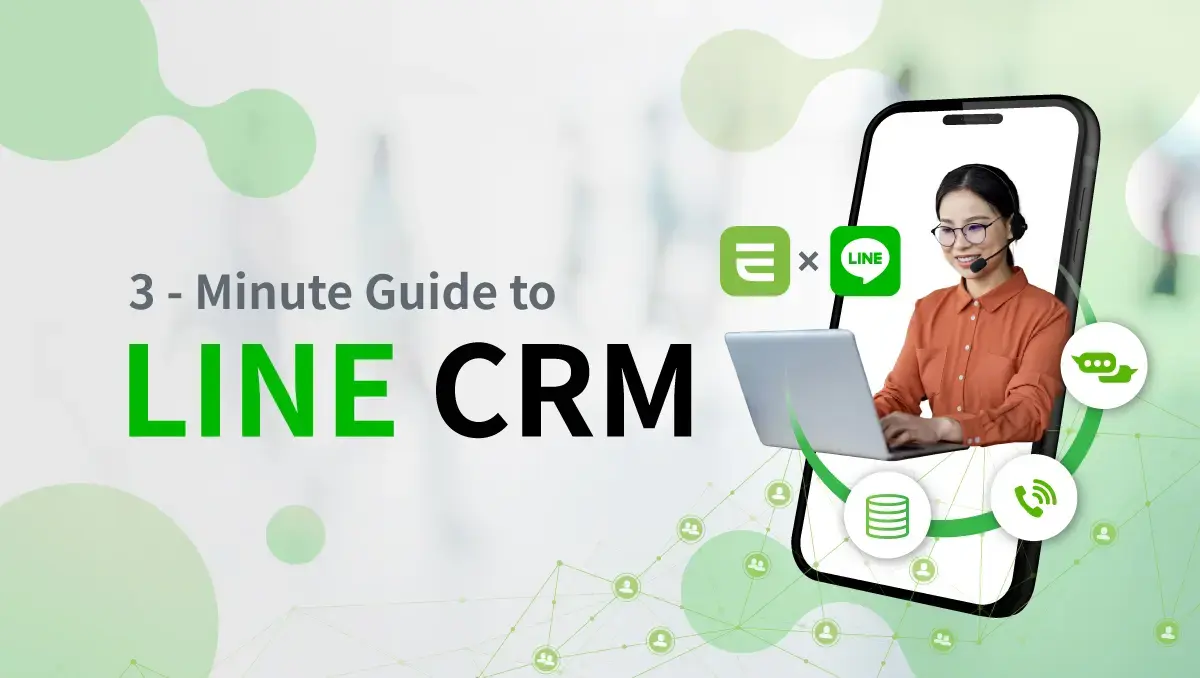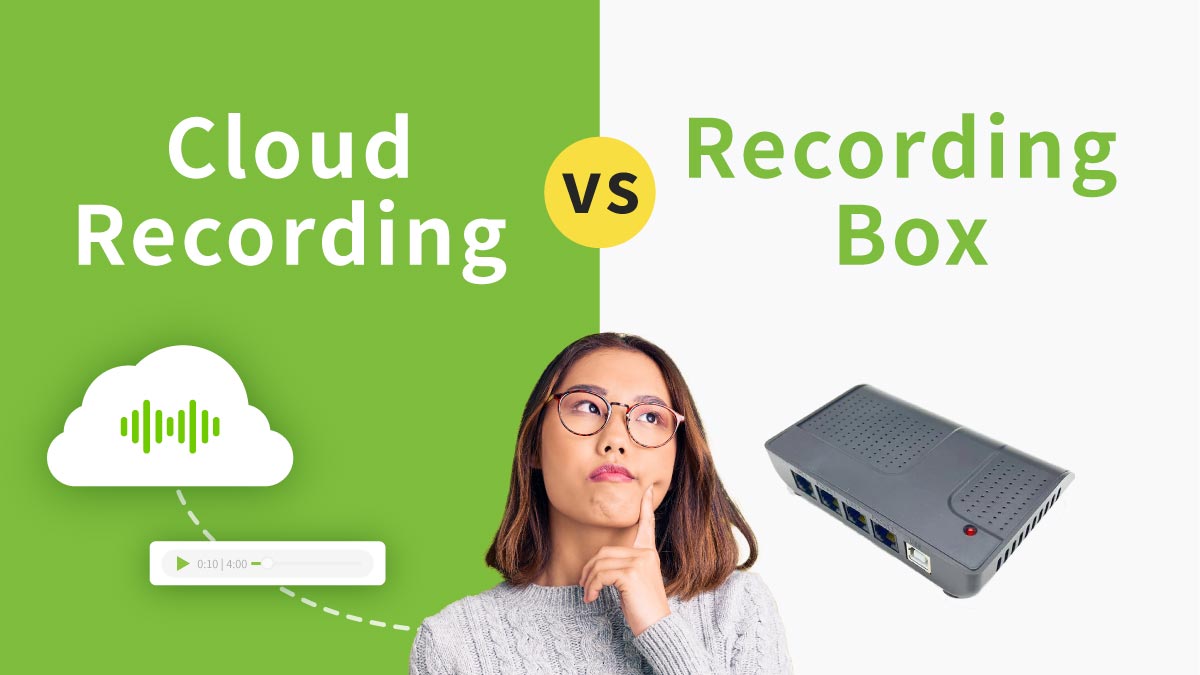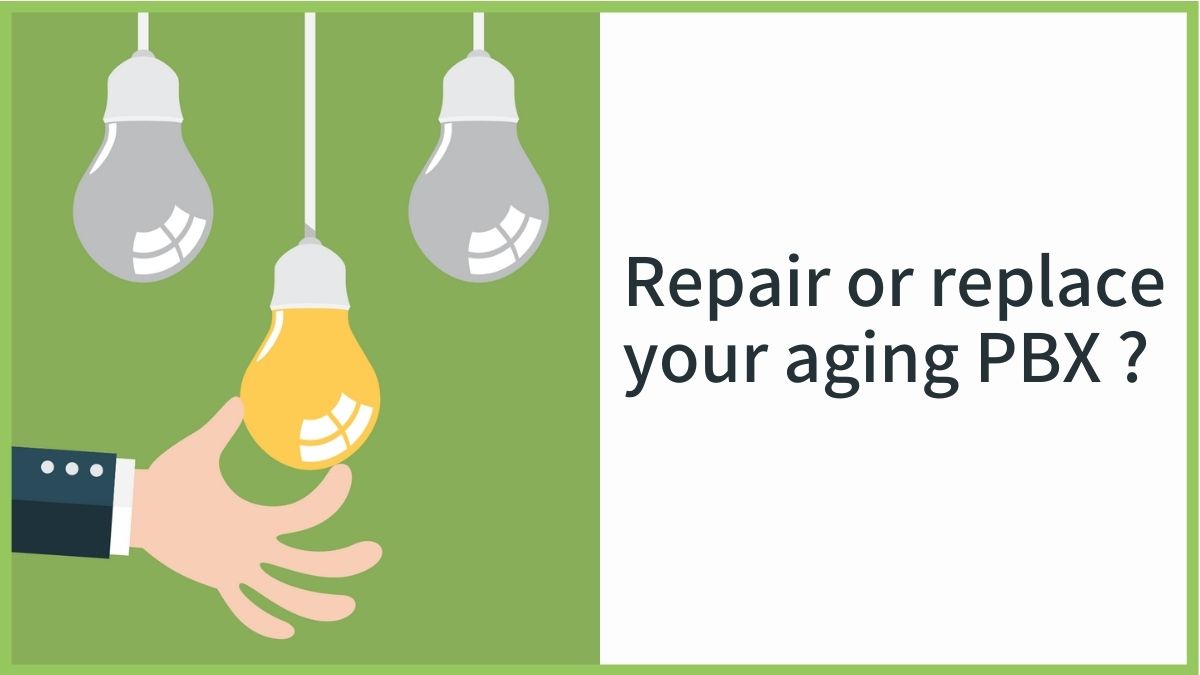Many businesses that operate or outsource customer service teams have heard of Call Centers, but in recent years the term Contact Center has arisen. Both are designed to serve customers, but what are the differences between the two?

Many businesses that operate or outsource customer service teams have heard of Call Centers, but the term Contact Center has arisen in recent years. Both are designed to serve customers, but what are the differences?
What is a Call Center?

Definition of a Call Center
A Call Center is a team of customer service representatives who provide assistance and services primarily through the phone. In addition to referring to real human agents, the term Call Center also refers to the functionalities and systems designed specifically for customer service teams. The agents in a Call Center receive different specialized training depending on the nature of the calls they handle. Still, the main goal is to resolve issues or achieve sales objectives during a phone call.
Two main types of Call Centers
1. In-house Call Center
This is a customer service team developed and trained by the company itself. Typically, larger organizations or those with significant customer service needs are more likely to establish Call Centers.
2. BPO (Business Process Outsourcing) Call Center
Focused on providing outsourced customer service operations, these organizations offer a systematic training program to equip customer service representatives who assist clients across various industries. The services provided can be categorized into inbound services, outbound services, sales support, technical support, and employee care, among others.
Who utilizes Call Centers?
1. Banks, airlines, and the travel industry
These sectors have a large customer base, which requires professional and organized customer service teams to assist. Customers often face unique situations and needs that cannot be resolved through automated voice menus. Additionally, they frequently require human interaction to calm negative emotions, handle complaints, and even upsell services.
2. Emergency call centers
Even if you’ve never had to call for emergency help personally, you’ve seen it in movies when people stranded in the mountains or dealing with intruders call emergency numbers like 119 or 110 for assistance. The familiar line, “This is the emergency rescue hotline. How may I assist you?" is backed by call center staff who are well-trained to provide immediate assistance.
3. Government agencies
Government agencies frequently provide toll-free hotlines, such as 0800 numbers, to offer citizen services like health insurance, welfare, legal advice, and maternal and childcare. The 1922 epidemic prevention hotline, which many people have used, is one such example. Especially during extraordinary times, like the COVID-19 pandemic, these agencies often collaborate with BPO call centers to manage thousands or tens of thousands of service requests daily.
Call Centers have long been the gold standard for customer service in top enterprises and government agencies. However, with advancements in communication technology, Contact Centers—especially cloud Contact Centers—are gradually replacing traditional Call Centers as the preferred choice for optimizing the customer experience.
A visual guide to the differences between a Call Center and a Contact Center
This article briefly introduced the definition and applications of Call Centers. So, how exactly is a Contact Center different? Instead of engaging customers through a single channel like the telephone, a Contact Center emphasizes allowing multi-channel contact with customer touchpoint integration. This means utilizing an omnichannel communication approach to collect more comprehensive interaction data and implementing AI technology to optimize the overall customer experience and enhance the operational efficiency of customer service teams. A contact center is an evolved version of a call center that takes advantage of modern technology like AI.

Here is a simple comparison between call center and contact center systems to help everyone understand the differences between the two.
| Difference | Call Center | Contact Center |
|---|---|---|
| Communication Channels | Single channel: phone | Multi-channel: phone, instant messaging (Chat), social media, email, etc. |
| Data Collection | User data collected through phone communication | User data collected through various channels |
| Customer Self-Service (CSS) | Voice menu | Voice menu, chatbots |
| Agent Skills | High understanding, empathy, patience, and verbal communication skills | Strong verbal and written communication skills, familiar with social media and professional customer service tools |
| Specialized Functions | Incoming call distribution systems like ACD, IVR, as well as reporting and management tools for customer service centers | All Call Center applications, multi-channel integration applications, cloud contact knowledge base, and AI applications |
| System and Backend Management | Complex backend with high operational thresholds; challenging to expand and requires professional IT or vendor technicians for adjustments | Low operational threshold with no-code backend; unlimited expansion; managers can edit and adjust settings online anytime |
| Maintenance Costs | Maintenance costs due to equipment damage, failures, or aging caused by natural disasters or human factors | No need for hardware maintenance; the system automatically optimizes, updates, and debugs |
| Third-Party System Integration | Expensive, complex, and time-consuming CTI system integration | More affordable, convenient, and time-saving API cloud integration |
| Work Environment | Team members are all managed in the same office | Team members collaborate through a cloud platform, facilitating WFH, remote, or cross-national operations. |
Choosing a Call Center or Contact Center to manage customer relationships over time
In the early days, Call Centers focused more on handling a single customer request within a specific time frame, relying heavily on the capabilities of customer service representatives. Once a representative left, the successor or the company often had to sift through dense Excel records or old audio files to find the initial communication history, essentially having to relearn the needs of long-term customers. To make matters worse, customer service is known for its high turnover rate.
To maintain an ongoing positive relationship with customers, brands need to leverage a Contact Center to comprehensively collect and record customer needs across multiple channels. By utilizing a cloud database to analyze critical customer information accurately, new customer service representatives can quickly get up to speed, management can easily oversee operations, and the entire company can adapt to newer technologies like AI.






